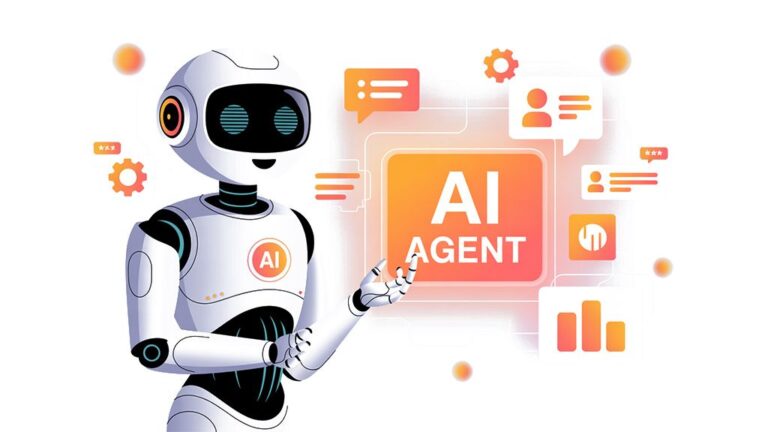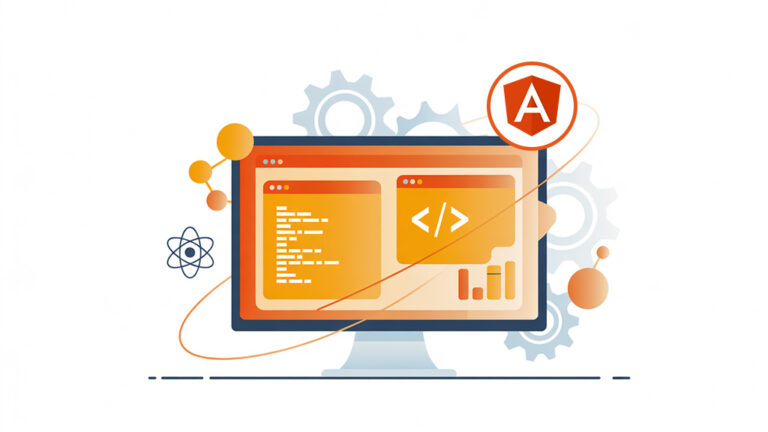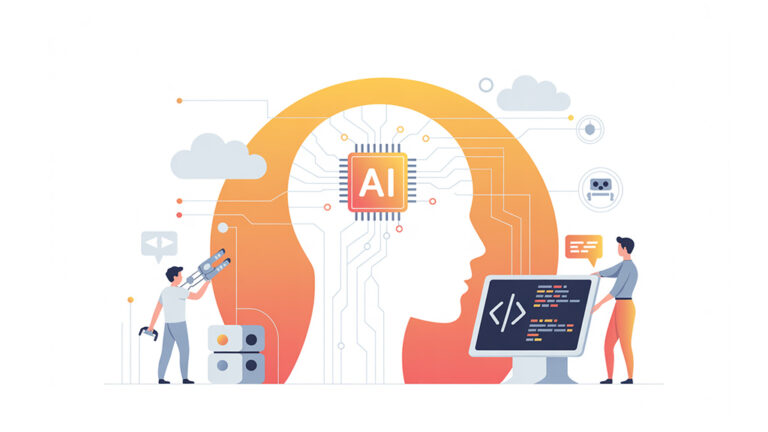
Building AI Agents: The Architecture Guide We Wish We Had
Building AI Agents: The Architecture Guide We Wish We Had Building AI agents turned out to be one of those adventures that started with wide-eyed

SAM CLI – Serverless Application Model , is a command line tool provided by AWS to easily create and manage serverless applications.
Serverless Framework – Serverless Framework is also a tool similar to SAM but it is not limited to AWS, Serverless Framework can be used to easily create and manage serverless applications from various providers like AWS, Azure, GCP & more.
I will list the main differences I found between these two when used with AWS, which may help you to choose between them.
SAM
You need to follow operating system specific installation steps as there are multiple dependencies for SAM which are installed differently on different operating systems. Below are some general steps to be followed irrespective of operating system.
Serverles
For Serverless you need to follow operating system specific instructions only for installing Node.js and if you have Node.js installed on your machine already, then using single command below your Serverless installation will be ready ‘npm install -g serverless’.
npm install -g serverless)SAM being an AWS specific framework, it supports managing most of the AWS resources out of the box and you can expect it to be always in sync with AWS service updates.
Serverless being a generic framework for multiple serverless platforms , it may not support all AWS services and it will always take some time to get the latest updates with respect to changes in latest AWS services.
Can simulate API Gateway and Lambda locally without require any extra dependencies and these two services are the most common requirements to run a serverless application in AWS.
Need extra plugins to be installed for most of the basic requirements like local development server, creating nested stacks, etc.
On initial versions of SAM we had to run 2 different commands to build, upload and deploy and it did not support features like one step deployment and automatic deployment bucket creation which was supported in serverless framework at the same time. The Latest version of SAM supports single command deployment similar to Serverless.
We can deploy using single command ‘sls’ deploy and S3 bucket creation is taken care automatically, we can also deploy or update single function in a stack individually which is not supported by SAM.
Serverless and SAM both have pros and cons based on the various scenarios in which they are used , so based on these observations , it is better to go with SAM if you are a developer who works only with AWS cloud. It is better to choose Serverless framework if you are a full time devops engineer or cloud developer who will be managing and working with different serverless providers at the same time. This gives you the advantage of a single framework, access to a vast community, and readily available documentation.
We at techpearl have exposure to various technologies and frameworks. We will pick the framework that fits most conductive to your needs. Contact us to learn more.

Building AI Agents: The Architecture Guide We Wish We Had Building AI agents turned out to be one of those adventures that started with wide-eyed

Angular Best Practices for Scalable and High-Performance Applications Introduction Staying current with Angular’s latest features is key to writing efficient, scalable, and maintainable applications. This

Breaking the API Mold: A new era of AI-Driven Customer Journeys In the fast- paced world of financial services, speed, accuracy and scalability are critical.
| Cookie | Duration | Description |
|---|---|---|
| cookielawinfo-checkbox-analytics | 11 months | This cookie is set by GDPR Cookie Consent plugin. The cookie is used to store the user consent for the cookies in the category "Analytics". |
| cookielawinfo-checkbox-functional | 11 months | The cookie is set by GDPR cookie consent to record the user consent for the cookies in the category "Functional". |
| cookielawinfo-checkbox-necessary | 11 months | This cookie is set by GDPR Cookie Consent plugin. The cookies is used to store the user consent for the cookies in the category "Necessary". |
| cookielawinfo-checkbox-others | 11 months | This cookie is set by GDPR Cookie Consent plugin. The cookie is used to store the user consent for the cookies in the category "Other. |
| cookielawinfo-checkbox-performance | 11 months | This cookie is set by GDPR Cookie Consent plugin. The cookie is used to store the user consent for the cookies in the category "Performance". |
| viewed_cookie_policy | 11 months | The cookie is set by the GDPR Cookie Consent plugin and is used to store whether or not user has consented to the use of cookies. It does not store any personal data. |